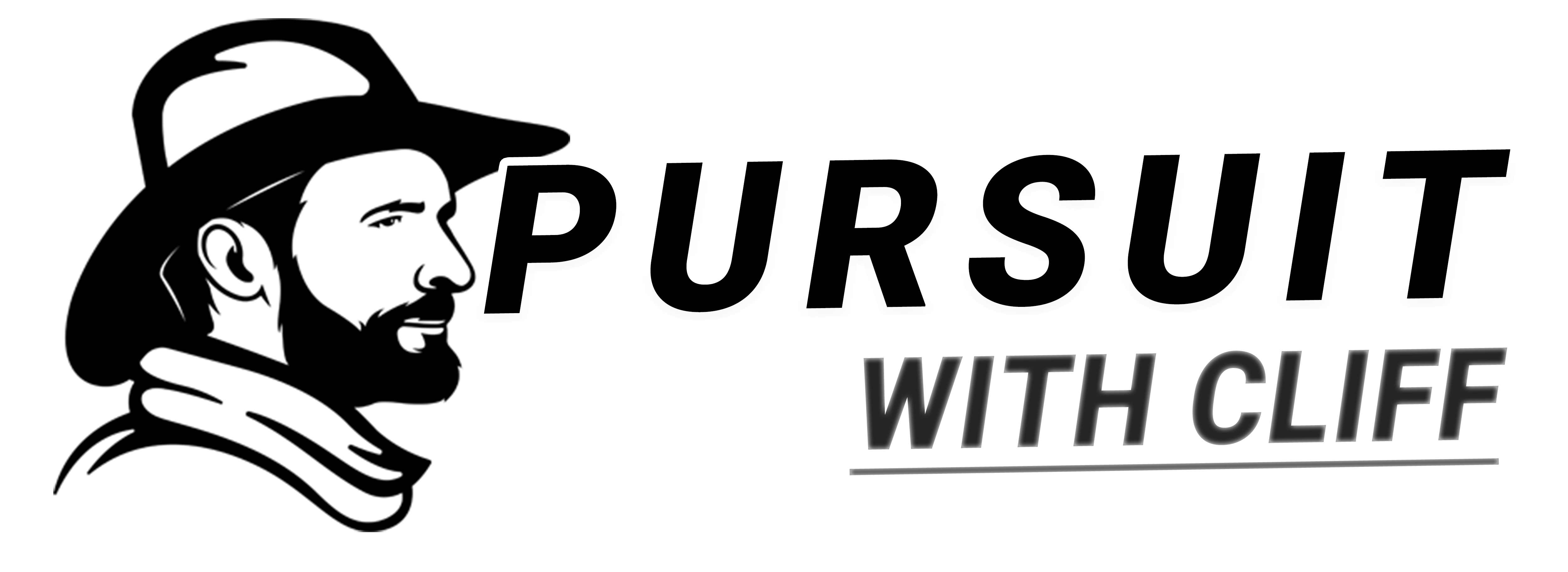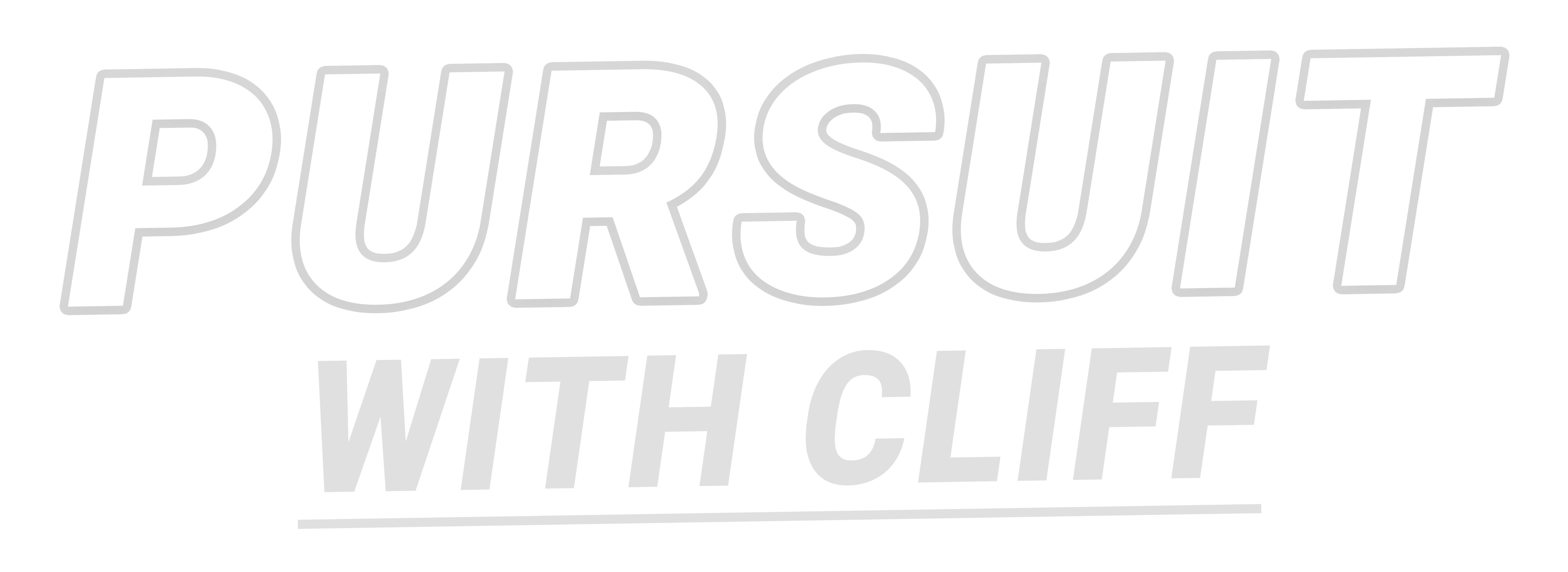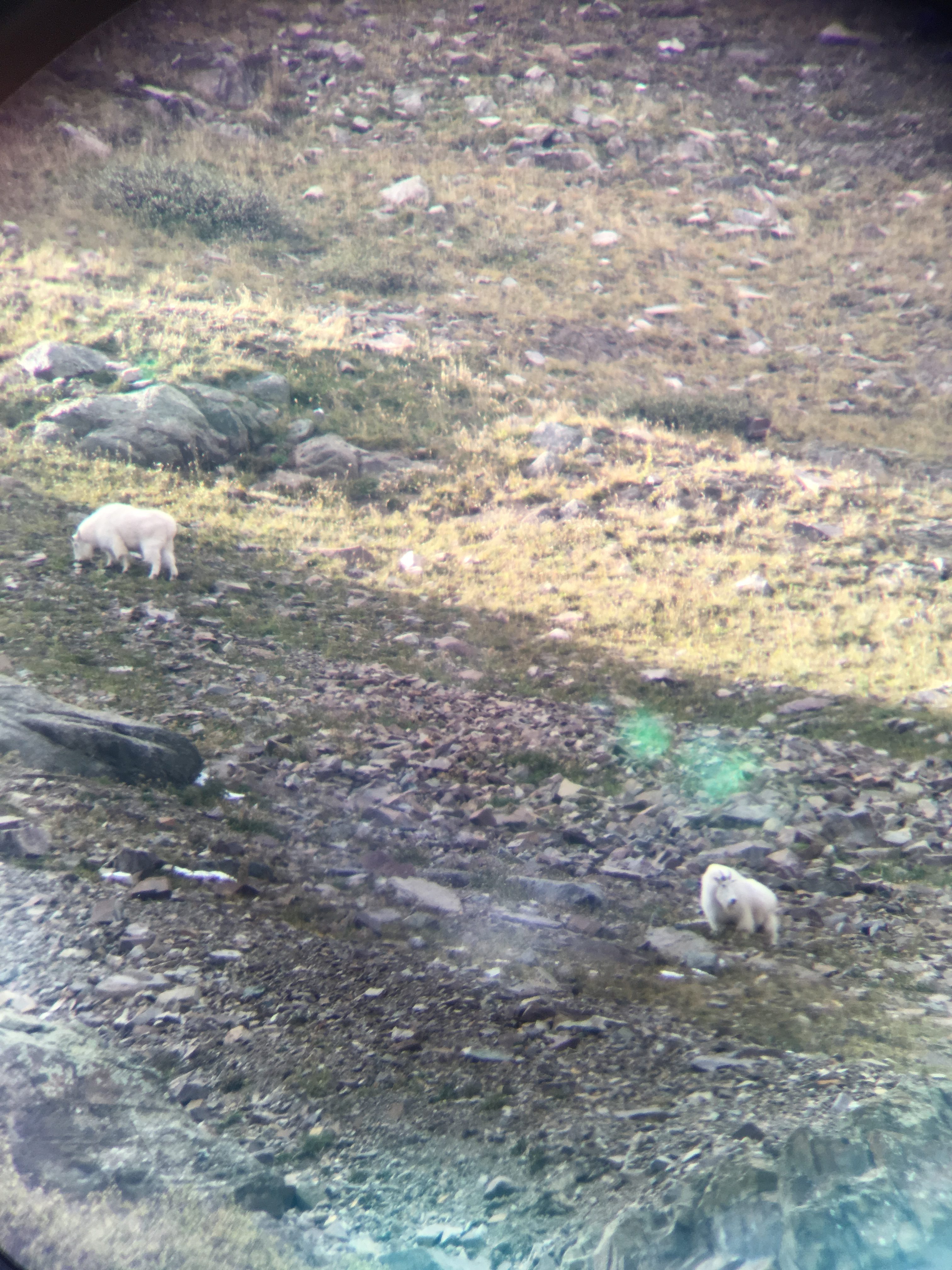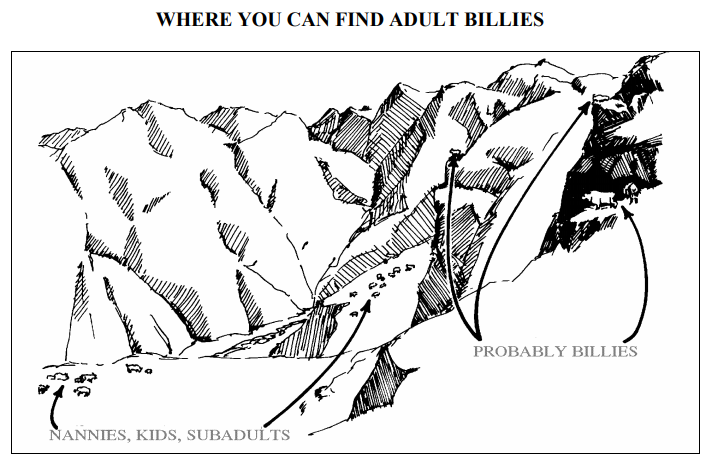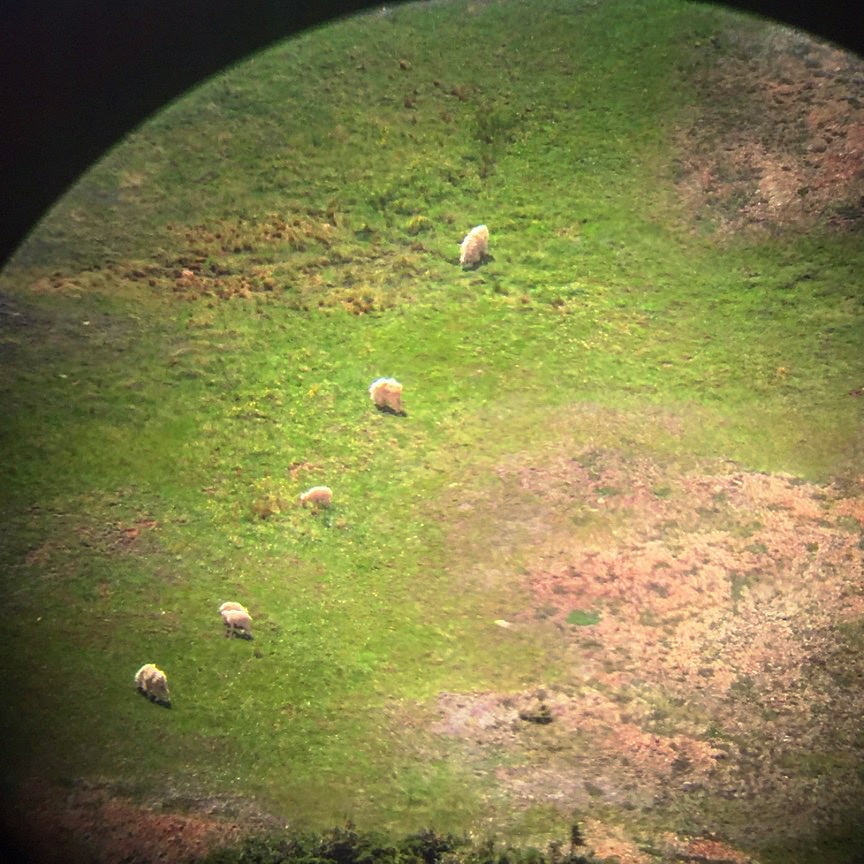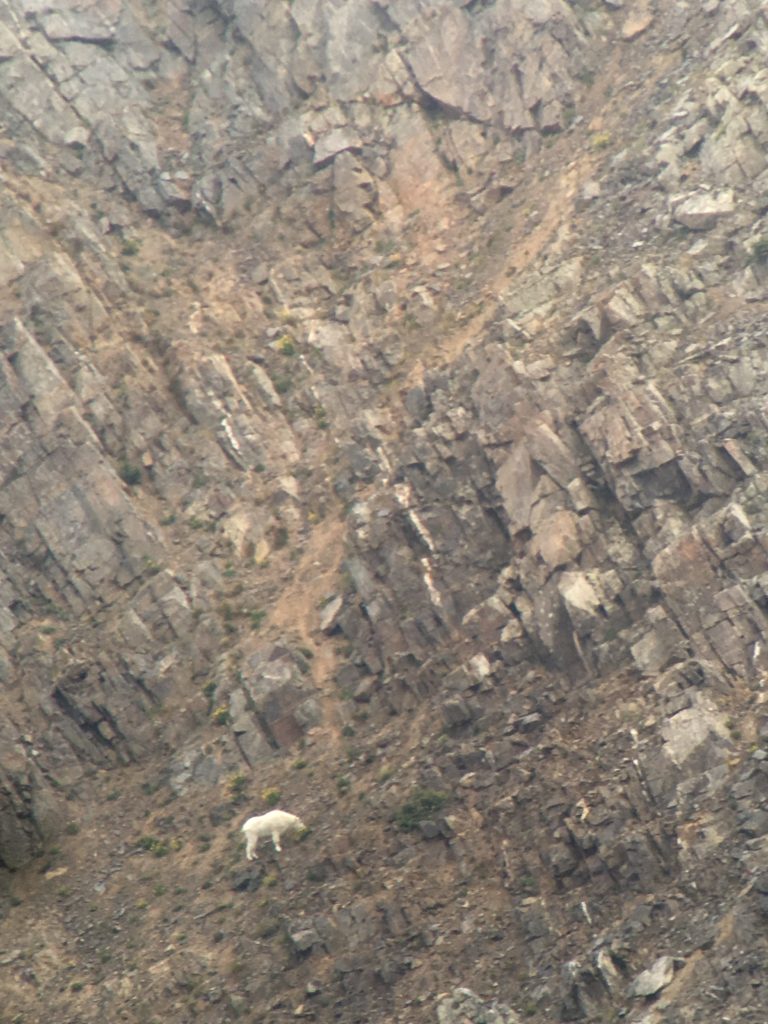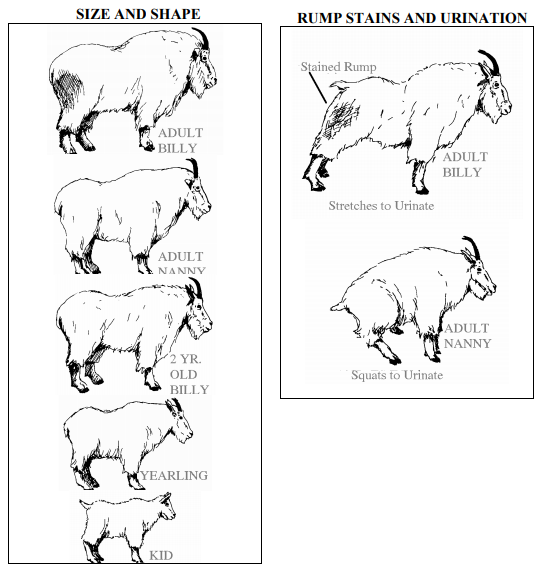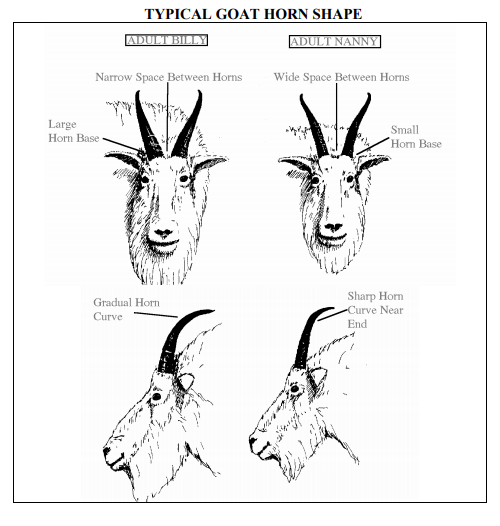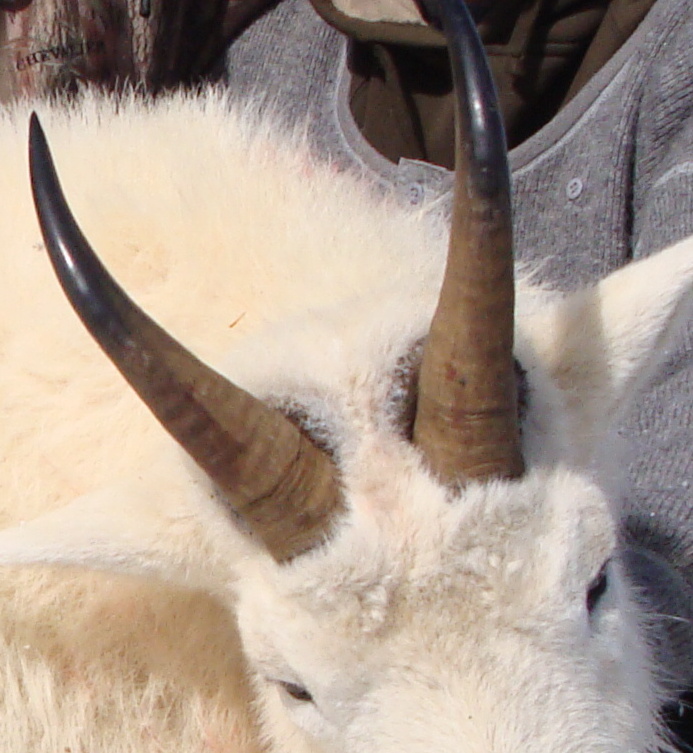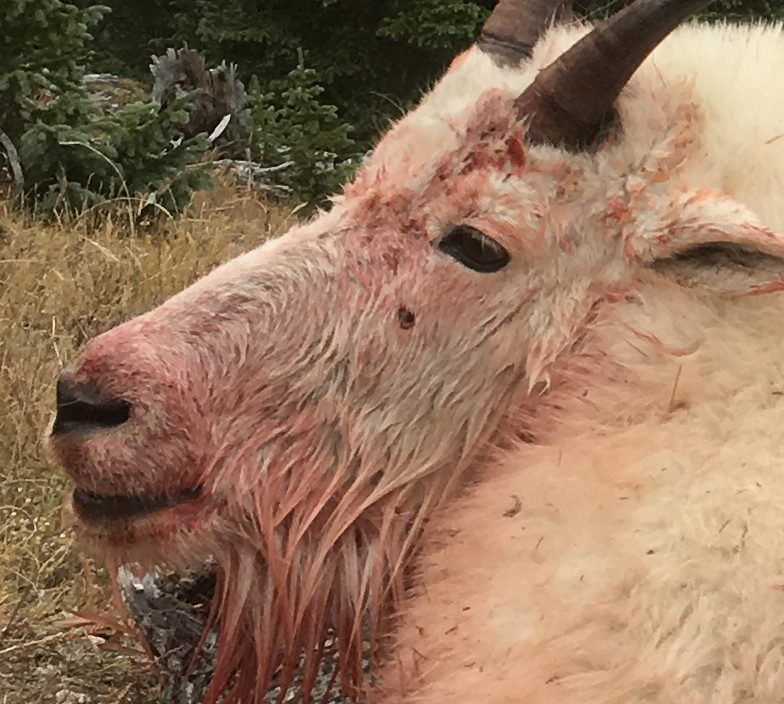This article is one of many from our Goat Prep Series
Resources:
The best books on mountain goat behavior, with a good section on identifying billy vs nannies is A Beast the Color of Winter: The Mountain Goat Observed.
The Alaska Game and Fish Department has a great piece on identifying a billy vs nanny. You can see it here. Many of the images below are from this document. It is a well done piece with great information. I disagree with some specifics, but part of identifying mountain goat sex correctly is personal preference.
Billy or Nanny?
Most goat hunters are looking to harvest a mature billy. Although the majority of folks who have never hunted goats can’t tell the difference between a mounted nanny versus a big billy, those that have hunted them understand the challenge and effort that goes into harvesting one of the male mountain monarchs. Goat populations are also sensitive to harvest, so it makes sense for the conservation-minded hunter to focus on billies. Unfortunately, most states and provinces maintain a harvest rate of at least 50% nannies. This high harvest rate of nannies is partly due to misidentification by hunters and partly due to nannies being in more accessible terrain with their young.
When I am judging the sex of goats I focus on these criteria: 1) habitat the goat is in 2) body size 3) horn bases 4) horn curvature.
Sex ID via the Landscape
You can learn a lot about a goat from where he/she is standing. The above sketch is a fantastic representation of this. The vast majority of nannies will be in nursery groups in less rugged terrain. Remember that “less rugged” is a relative term. Nursery groups can be in extremely nasty country, but they still find small flats and mild benches to feed on. Open chutes with green grass are also a favorite of theirs.
Obviously, the presence of kids indicates nannies within a group also. I have harvested mature billies from these groups, but this is rare. Most billies in these groups will be 2.5 years of age or less.
Billies are typically in the rockier habitat above or below the nursery groups. Outside of the rut and during most hunting seasons, they run in small bands of 2-6 bachelors or solo individuals. If a goat looks like it is posing for National Geographic on a hellish outcropping, it is likely a billy. If it looks like you will likely die trying to kill the goat, it’s also probably a billy.
The other trick I use is to inspect how far the goat is from a more mellow bench or easier grade grass-filled chute. Like Barbary sheep, females will use rugged, rocky terrain for cover to hide their young while they feed in the vicinity. Male goats, on the other hand, will get deep into rocky terrain with no relief in the topography for thousands of yards.
Sex ID via Body Size
Body size is a useful metric when it comes to sex identification of mountain goats. Several of the BC goat guides I’ve worked with over the years consider it their number one factor. Mature billies of 4+ years will typically be 30%+ larger than their nanny counterparts. In the odd case that mature billies are with a nursery group, the big billies will be obvious. Solo goats can be trickier, but if you have been glassing the same terrain you can use vegetation as a good yard stick. In the end, really big billies just look big! Groups of goats that are 2-6 in number, no kids and with little variation in size (or 1-2 goats of 10-15% larger body mass) are typically bachelor groups.
Now to the caveat. On BC goat hunts size is easier to use as a billy indicator because a segment of the billies have been given the chance to grow to 6+ years of age. On Colorado mountain goat hunts there are several units that don’t have a billy over 4-5 years in the whole unit. The majority of the billies harvested will be 2-4 years of age. As seen in the above sketch, there is not a big difference in body size between an adult nanny and a billy of this age class.
As an aside, the above sketch provides examples of hide coloring and urination posture differences between the sexes. Often billies do have a yellowish patch on their rear, but I don’t find this universal. In regards to hides, a better indicator in September and the first few days of October is if the hide is “full”. Billies start their winter hide earlier than nannies. At the latest, they are starting a winter hide by early August. They will rarely have patchy hides or short hair rubs. They are already a couple months into their new coat and it is filling out nicely. Some nannies will still have remnants of their summer hair and less density in their coat. Goats that have injuries or are unhealthy also start their winter hide later than typical for healthy billies.
I don’t find urination posture useful in hunting situations. It is touted as the go-to metric, but there are a lot of situations where it isn’t practical. You can’t always wait for a goat to urinate. In addition, goats can urinate in a matter of seconds. Hence, it can be easy to miss your chance to identify sex via this means. Unfortunately, I think many hunters go into the field depending on this “fail safe”, only to realize it’s not all that useful in real life.
Sex ID via Horn Bases and Horn Curvature
Topographical location and body size are awesome indicators of billy vs nanny at long distance, but bases and curvature should always be used in your final judgement. Most experienced goats guides are heavily dependent on the upper-left view for confirming billies and field judging. I use this view heavily and feel it is the only variable that can be used to distinguish between an old nanny and a billy of 2-3 years at high degrees of accuracy. Billy bases are larger than their eye area (the dark area created by the eye and eye socket). More importantly, those bases make a defined “V” shape when you are looking at the billy’s face from the front. This is most apparant if the goat’s nose is tipped down. From a distance the bases appear to touch, even on young billies. Nannies horns either make a “11” shape between their horns or, like the nanny above, make a short “v” with a blunt apex (space between the bases) with horn ends that are pencil thin and curving outward. This shape is common on old boss nannies. I’ve seen 8-9 year old billies and BC with this shape, but the mass that extends from their bases make them obvious.
I’ve found curvature useful when I am able to get a perfect broadside view of the animal’s head (depicted in the sketch above). Under these conditions, billies have a “quarter circle” or “quarter oval” horn shape, while nannies have horns shaped like a straight pencil with a “kink” in the last 1/4th of the horn. If you are looking at moving animals or dealing with a situation where a broadside face view isn’t possible, horn curvature can be misleading. Goats horns are small and the overlap of their profile can create optical illusions of a “nanny kink” or make the bases look larger than they actually are. This variable is best used on bedded goats or goats on an outcropping looking straight into the wind.
The best way to master sex identification based on horns is to practice from varying distances, with high quality optics. Once you figure it out, you have it in your toolbox forever. Looking at pictures helps, but you do need to practice on live animals.
Field Judging
Field judging goats is tough. The difference between a 8″ and 9″ billy is minuscule through even the best optics. The other challenge with goats is that age is not well correlated with horn length or mass. I’ve killed 9″ 3.5 year old billies with hunters and I’ve harvested 7″ billies that were 7.5 years old. A billy will grow close to 90% of his horn length in the first three years of life. Based on genetics and the growing seasons during those first three years, he may be a trophy at 3.5 years old or he might still be sub-par at ten years old. Here are a few tricks when judging goats.
Avoiding a Young Billy
If you are hunting a unit that doesn’t have a lot of mature billies, you still want to avoid harvesting a goat under three years of age. Sometimes these goats look to have large horns, but their body size and lack of a mature cape make for poor mounts. The easiest way to avoid these goats is to focus on facial structure. Immature billies have “dish” faces. Their nose will almost always be concave where is most mature billies will have a flat nose or even have convexity (a “Roman” nose).
Estimating Length
When it comes to estimating length there is one ballpark method that works best. First, visualize the goat’s horn straightened out. For some billies this will be easy because the horn curves more around an oval and is not as tightly curved as a true circle. It’s just a matter of visualizing the flattening of the horn to add a couple inches to length. On a tight-curved billy it takes a little more imagination. Billies with very tight curves, are almost always underestimated. If a billy has massive bases, curves hard and looks “a little short”, you might want to give him another look. Second, take the imaginary straightened horn and compare it to the length of the face. The length is approximately 8″ from the nostril to the bottom of the eye socket. If the horn would reach to the top of the eye from the nostril, you are looking at a 9″ billy. If the horn would go from tip of nose to top of eye, you are looking at 10″ billy, a slammer.
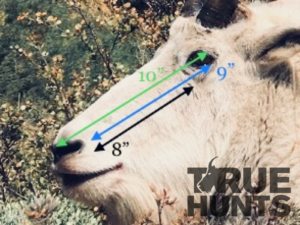 Hope that helps. Good luck on your next goat hunt!
Hope that helps. Good luck on your next goat hunt!
Sign up to get our new posts as they are published!
